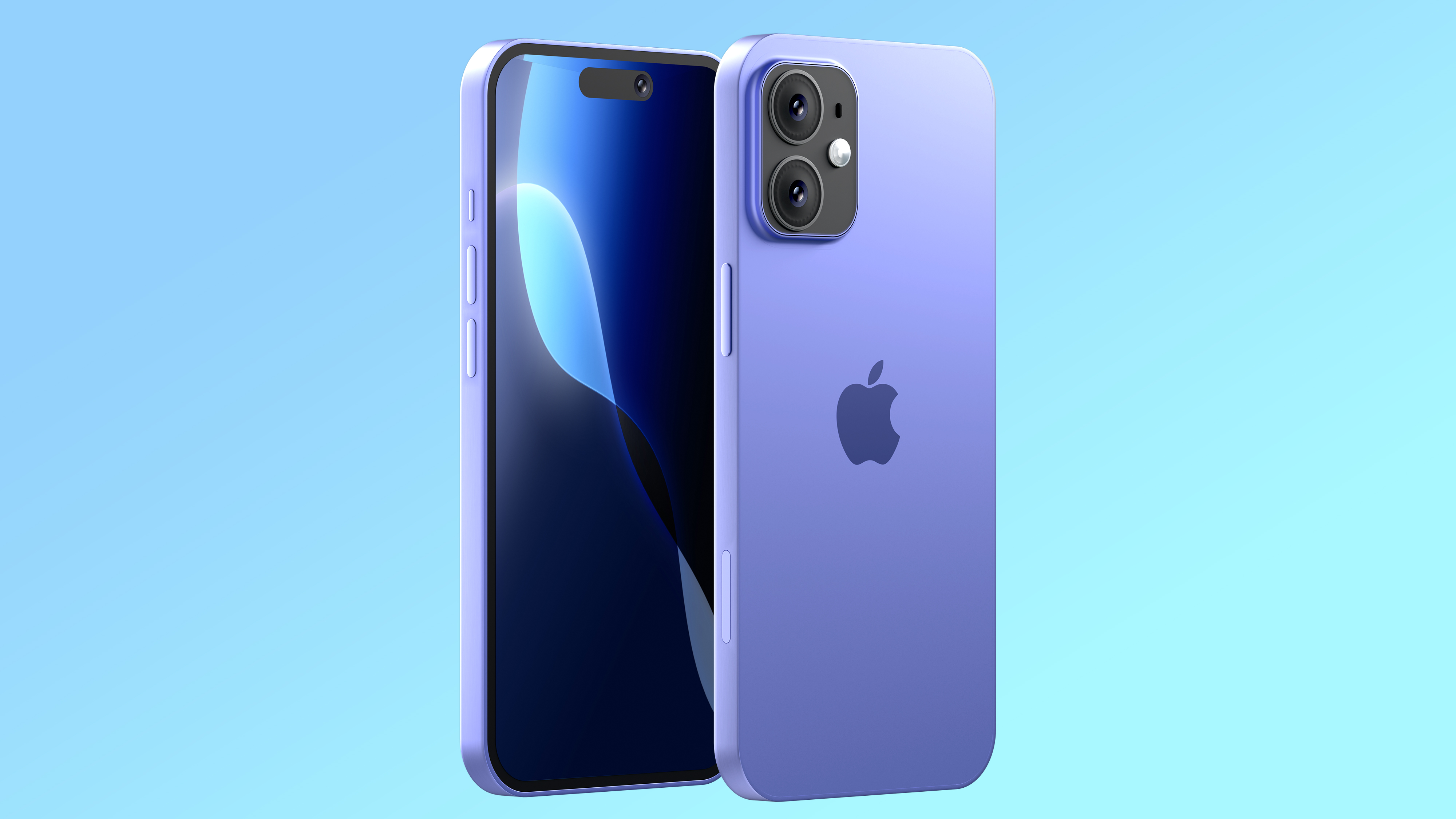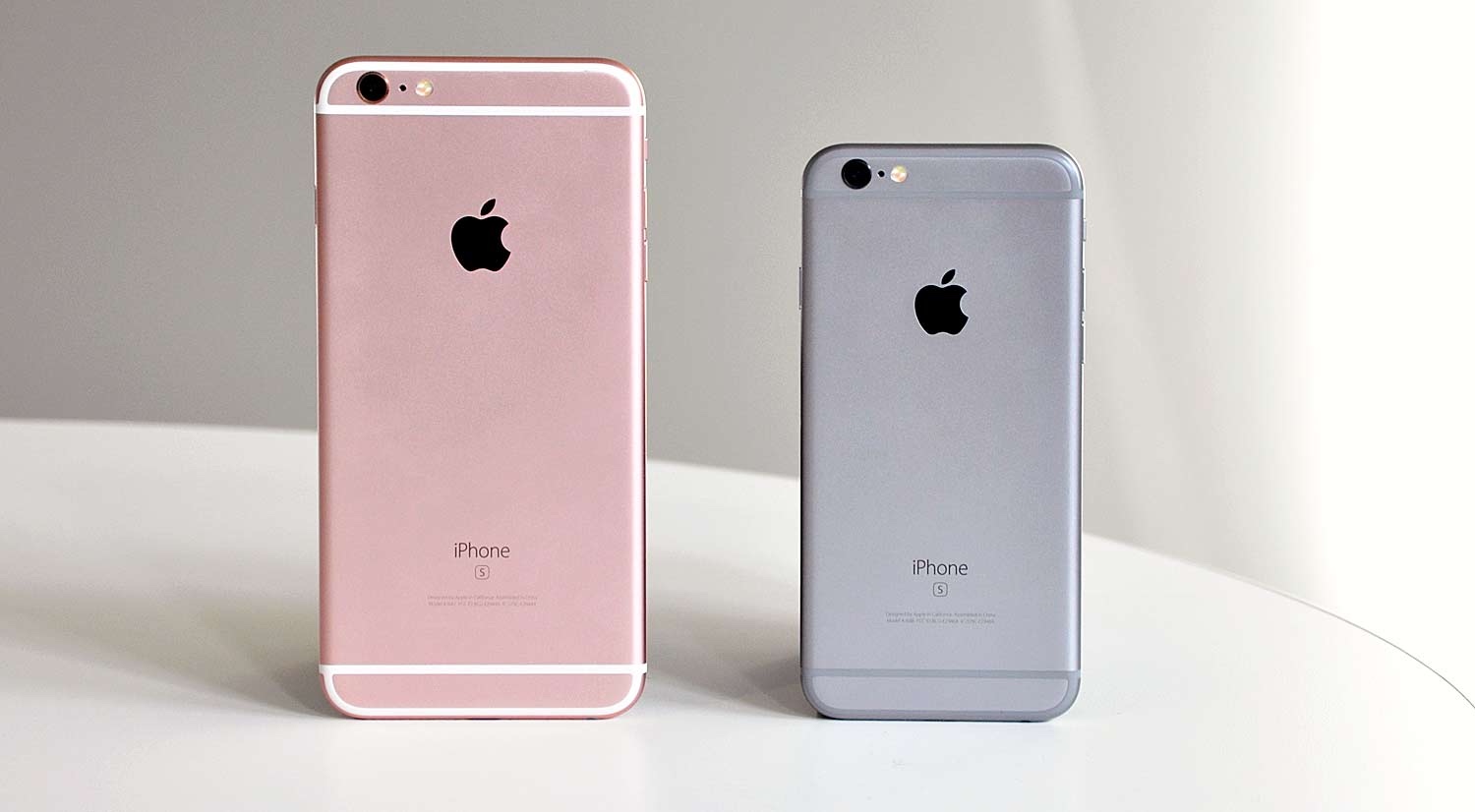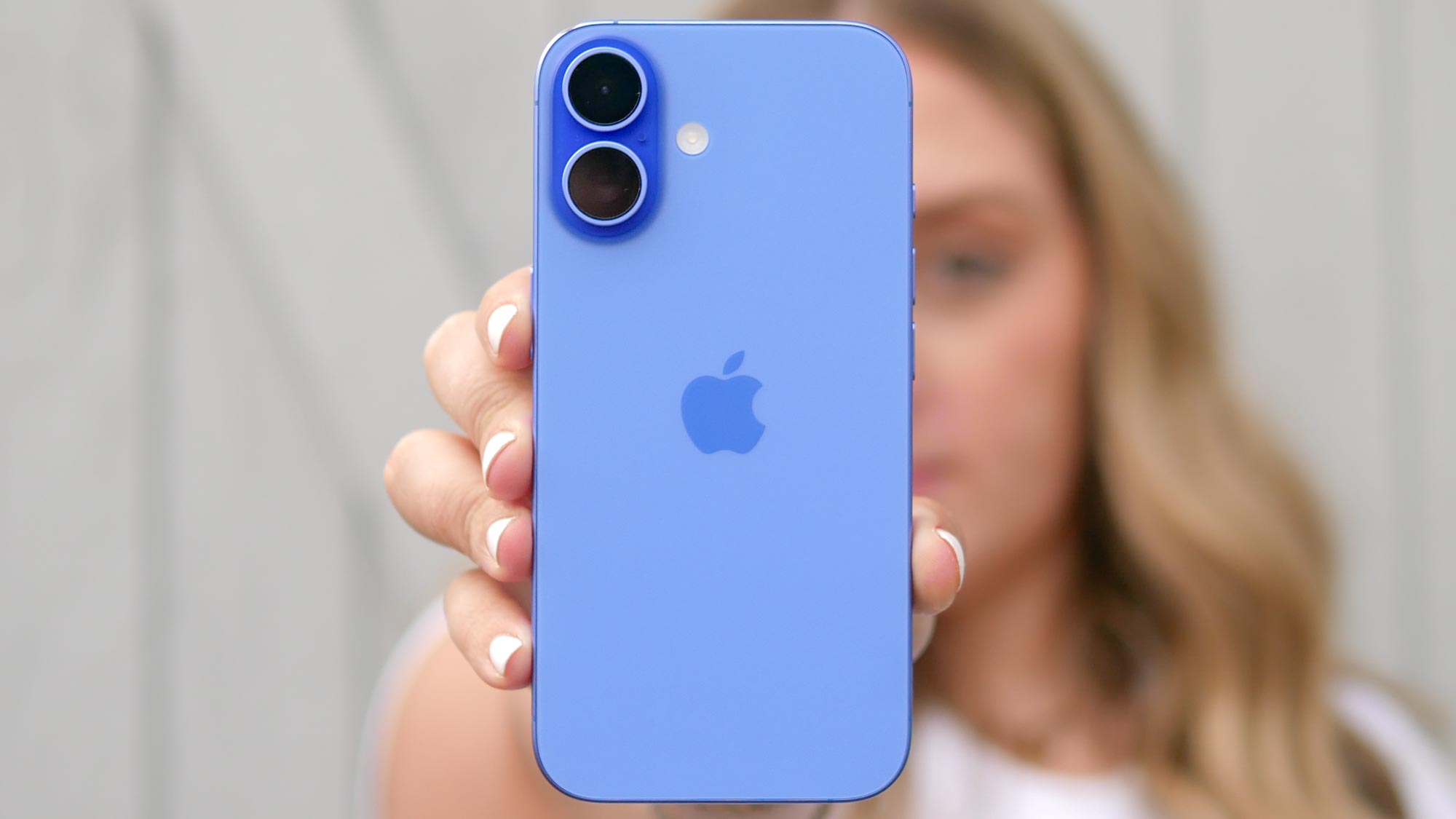I miss when every other iPhone release featured an S-series — Apple should bring that back

You may have heard the reports claiming Apple is going to change the way it releases new iPhones. Rather than releasing all of its new iPhones at once, the company would reserve the fall launch for its flashier models, such as the iPhone Pro, iPhone Pro Max and iPhone Fold once that foldable iPhone arrives.
With fall focused on the marquee devices, other models would launch in the spring. These would be the standard iPhone model along with the E series device and, presumably, future iPhone Air models should an iPhone 17 Air debut this fall.
You can understand the thinking behind the rumor, to a point. With Signs point to the e-series being an annual release, rather than the more sporadic updates to the iPhone SE. On top of that, foldable phones are expected to be in Apple's product mix as early as next year, potentially meaning the company has six device to release in any given year.
But rather than staggering its releases throughout the year just like Samsung does with its Galaxy S and Galaxy Z devices, I feel Apple should take a different approach. Instead of making each years' phone a big roaring spectacle, Apple should go back to the way things were during the iPhone's first decade — and bring back S-series iPhones.
The S-series gave new iPhones some breathing room

Apple's developed a bit of a reputation over the past several years, with accusations that it just "releases the same phone every year." It's all down to the frustrations over minimal changes from one year to the next, despite all the pomp and circumstance that Apple gives each new iPhone. And that's not a problem that's exclusive to Apple.
But there was a point in the past where Apple tried to make it obvious that specific phones weren't supposed to reinvent the wheel. I'm talking about the S-series, which started with 2009's iPhone 3Gs and lasted until the iPhone Xs in 2008.
These weren't full upgrades, in the same way phones like the iPhone 4 or iPhone 5 were. Apple did its best to hype up each new release, but everyone knew that these phones offered pretty incremental upgrades compared to their immediate predecessors.
Get instant access to breaking news, the hottest reviews, great deals and helpful tips.
If you had an iPhone 4, there wasn't really any need to buy an iPhone 4S — it was essentially the same phone with some minor updates aimed at people who hadn't upgraded to the previous model. You were better off waiting for an iPhone 5 the following year, and spending your money on something more substantial.
The same was true of jumping from the iPhone 4S to 5S. Buying an iPhone 5 might have its perks, but since you had an S-series model already you were better off waiting for the next one.
Developing an S-series iPhone gave Apple the opportunity to release a new model every year, making whatever fixes and upgrades were necessary on the previous release. But that approach came without all the same expectations that would come from changing the phone's number. An iPhone 6S was an extension of the iPhone 6, and judging it on the same level as an iPhone 7 would be pretty foolish.
Annual numbered releases create too much expectation

I'll admit, I was a little frustrated back in 2011 when Apple unveiled the iPhone 4S instead of the iPhone 5. The rumor mill was filled with talk about what the fabled new "iPhone 5" could have to offer, and since this was the fifth iPhone Apple released, it made sense to give the upcoming device that name.
But that's not what happened, and the iPhone 5 ended up being the sixth iPhone overall, and numbering has only gotten messier in the years since. Needless to say, I've long since stopped being pedantic about such things.
Apple switched back to a chronological naming system from iPhone 11 onward, and since then we've had an uninterrupted string of numbered iPhones — regardless of how much changes each year. And at this point, it feels like Apple should maybe switch back.
Increasing a number every year creates an expectation that something big is going to change. But in reality, there's only so much Apple can really alter from one year to the next. Apple should seriously consider switching back to its old iPhone release approach which was working well enough, to help prospective users temper their expectations.
Maybe an iPhone 16S this fall wouldn't have quite the same level of hype as an iPhone 17. But at least there isn't going to be a wave of people disappointed that upgrades X, Y and Z never materialize. It's an S series model, so of course the entry-level iPhone 16S isn't going to get a 120Hz display nor is the iPhone 16S Pro going to get a more powerful telephoto lens.
OK, so those are bad examples, since the iPhone 17 and iPhone 17 Pro are expected to get both those upgrades. But at least having the S naming convention in play would stop people hoping for specific upgrades every single year, and being disappointed when they inevitably fail to arrive.
At the very least, when the iPhone number changes, you'd know that you were in for something worth having on your phone.
Bottom line
When it comes right down to it, Apple's going to do exactly what it thinks will sell the most iPhones. Clearly, having a product numbering system that teaches people to only expect significant upgrades every two years led to off-years for iPhone sales. And Apple wants to see that year-over-year sales growth, especially with iPhones accounting for more than half of its revenue.
Naturally switching to a biannual release calendar as is currently rumored would be Apple's way of trying to increase the number of sales. That, and making sure that iPhone launch events don't end up being 3 hours long, because of all the phones that need to be announced.
Still, from a consumer point of view I can't help but wonder if things are going to change, maybe Apple should switch back to the old way of doing things. If nothing else, it would ensure that consumers (and shareholders) aren't going into iPhone launch events with sky-high expectations that will inevitably leave them disappointed.
More from Tom's Guide
- iPhone Fold invisible crease sounds great — but this is the feature Apple can't afford to ignore
- iOS 18.5 just brought satellite support to older iPhones — but there's a catch
- Apple is now selling refurbished iPhone 15 Pro and Pro Max models — here's how much you'll pay

Tom is the Tom's Guide's UK Phones Editor, tackling the latest smartphone news and vocally expressing his opinions about upcoming features or changes. It's long way from his days as editor of Gizmodo UK, when pretty much everything was on the table. He’s usually found trying to squeeze another giant Lego set onto the shelf, draining very large cups of coffee, or complaining about how terrible his Smart TV is.
You must confirm your public display name before commenting
Please logout and then login again, you will then be prompted to enter your display name.
